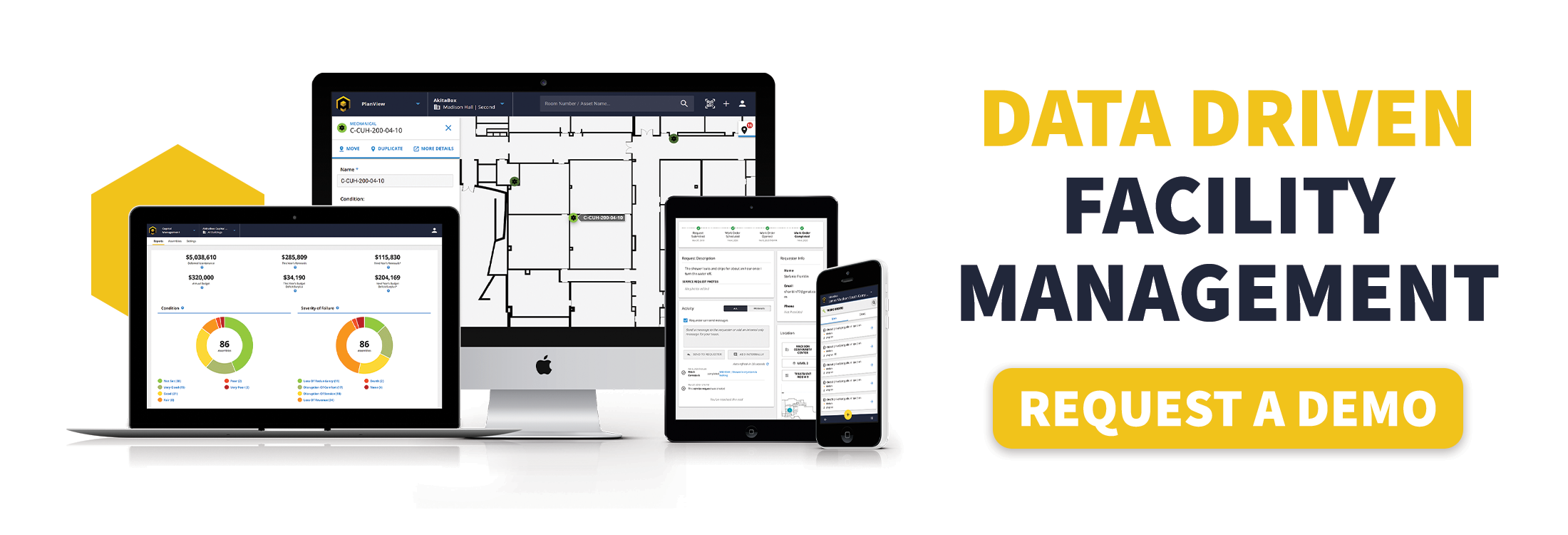Preparing for a Commercial Building Inspection: What Inspectors Look For
Buying a commercial building is a big investment. Before making a purchase, a portfolio manager typically orders a building inspection and report, which provides important information about the building’s condition that’s needed to make a wise buying decision.
A good commercial building inspection highlights the actual condition of a property and the costs required to repair it. But what, exactly, will a commercial building inspector look for during an inspection? Keep reading to discover building inspection basics and four things an inspector will be sure to check.
The Basics of Commercial Building Inspections
From roof to foundation, a commercial building inspector checks a building’s health in its entirety. Before we jump into the building inspection process, let’s take a look at a few basics first.
What is a commercial building?
A commercial building is a building or structure located on a parcel of commercial real estate. These buildings are intended to generate profit, either from capital gain or rental income. Commercial buildings are usually divided into five categories: office buildings, retail/restaurant, multifamily dwellings, land, and miscellaneous.
Some examples of commercial buildings and properties include:
- Cafes
- Condominiums
- Convenience Stores
- Factories
- Hotels and Lodging
- Malls
- Manufacturing Facilities
- Medical Office Suites
- Mixed-use Buildings
- Multifamily Housing
- Office Buildings
- Residential Units (for-profit)
- Restaurants
- Shopping Centers
- Sports Facilities
- Storage Facilities
- Strip Malls
- Warehouses
Who performs a commercial building inspection?
Asset managers have several options for hiring a commercial building inspector. The first option is an engineer or architect. These individuals possess varied backgrounds in the building trades, facilities management, maintenance, and similar subjects. However, engineers and architects may charge premium fees for their services and specialized knowledge.
A second option is to hire a commercial building inspector. Many specialize in both residential and commercial inspections – but be careful. A commercial inspection is different from a residential inspection. It’s a good idea to hire a company that not only specializes in commercial inspections but also understands that commercial properties are a company asset, business expense, and income generator.
What is the goal of a commercial building inspection?
Commercial real estate acquisitions revolve around return on investment (ROI) and residual value. Portfolio managers want to know two things: “How much will this cost?” and “How much will I make on this investment?”
This is where an inspection comes in. It reveals the life spans of 10 major systems within the building:
- Roofing
- Structural Integrity
- Building Envelope
- Electrical
- Plumbing
- Heating, Ventilation, and Cooling (HVAC)
- Fire Safety
- Elevators & Escalators
- Site & Landscaping
- Energy Efficiency
Real estate management teams want to know if the roof or HVAC system will need to be replaced in the coming years, or if electrical elements will need to be upgraded due to a change in building use. A building audit or inspection helps answer these questions. The resulting report ultimately advises the portfolio company on whether or not buying the property is worth the investment.
4 Areas a Commercial Building Inspector Will Check
Purchasing commercial property is not only expensive, it also requires a great deal of consideration and research before a purchasing decision can be made. Investors, insurance lenders, portfolio lenders, and commercial mortgage-backed security (CMBS) lenders routinely order property condition assessments (PCAs) in order to learn more about a property or before entering into a purchase agreement.
Here are four things a commercial inspector will focus on during the inspection.
1. The Building’s Exterior
A building’s exterior includes more than its outer walls – it also includes parking lots or structures, landscaping, and roofing. The inspector determines whether the building is structurally sound and highlights any necessary repair costs. Inspectors may rely on insight from roofing experts, construction contractors, building code inspectors, or other outside experts to fully inspect the exterior health of a building.
2. The Building’s Interior
This portion of the inspection serves two purposes: to check that interior spaces meet local building codes, and to check for safety-related risks and hazards. The inspector looks at the building’s walls, floors, bathrooms, offices, kitchen spaces, and similar areas. This portion of the inspection illuminates any need for interior renovations (especially if anything within the building is not up to code).

3. The Building’s 10 Major Systems
As mentioned above, one of the most critical parts of a commercial building inspection is the evaluation of its 10 major systems. If a system is not up to par, the inspector estimates the cost of repair (or replacement) in the report. Many of these systems cross over between the exterior and interior.
- Roofing: Is it watertight, sturdy, and ready to handle the next big storm?
- Structural Integrity: From the foundation to the frame, the inspector ensures your building and any out-buildings stand on solid ground—literally.
- Building Envelope: This includes the walls, windows, and doors. It’s what keeps the outside out and the inside comfortable.
- Electrical: Safe, up-to-code wiring is non-negotiable. Inspectors will make sure your electrical system is up to the task.
- Plumbing: No leaks, no blockages, just water where you need it, and with sufficient pressure.
- Heating, Ventilation, and Air Conditioning (HVAC): A comfortable building is a productive one, and after the COVID-19 pandemic, there is an increased emphasis on air quality as well. Inspectors check that your HVAC systems are up to snuff.
- Fire Safety Systems: Inspectors will ensure your alarms, sprinklers, and fire extinguishers are ready in case of an emergency.
- Elevators & Escalators: If your building has them, they need to be safe and reliable.
- Site & Landscaping: Even the parking lots and landscaping get attention. They should be both functional and aesthetically pleasing.
- Energy Efficiency: Saving on energy costs can be seen as a plus or a necessity. Inspectors look for ways your building can be more efficient, from insulation to lighting.
4. The Building’s Documentation
Commercial building inspectors review many documents during the inspection process. They may review appraisals, building plans, citations, certificates of occupancy, construction permits, evacuation plans, environmental studies, fire safety system records, floor plans, maintenance records, and surveys. These records reveal the true cost of owning the building and help the investor determine the value of the property.
An inspector’s findings will be compiled in a final Property Condition Report (PCR). It includes written evidence of observations, as well as photos for clarification. It also includes any recommendations from the inspector on how to conduct corrective action or request follow-up testing by a specialist. In most cases there’ll be a cost estimate for repairs and future replacements.
Free Resource: Commercial Building Inspection Checklist
Partnering with an experienced commercial property inspector is important when considering a property investment. But don’t just take an inspector’s word on things.
This property inspection checklist shows you what to look for when walking through a building you plan on buying. You’ll be better protected from falling victim to real estate investment scams due to inadequate property inspections.
AkitaBox: The Real Estate Industry’s Go-To Capital Planning Solution
The best portfolio managers understand the true cost of their buildings — not just today, but decades into the future.
As a long-term facility condition assessment, facility management, and capital planning tool, AkitaBox gives you a clearer picture of your buildings’ condition and future capital expense requirements.
Discover how AkitaBox empowers real estate professionals like you to make data-driven decisions about your properties that protect your net operating income (NOI).


